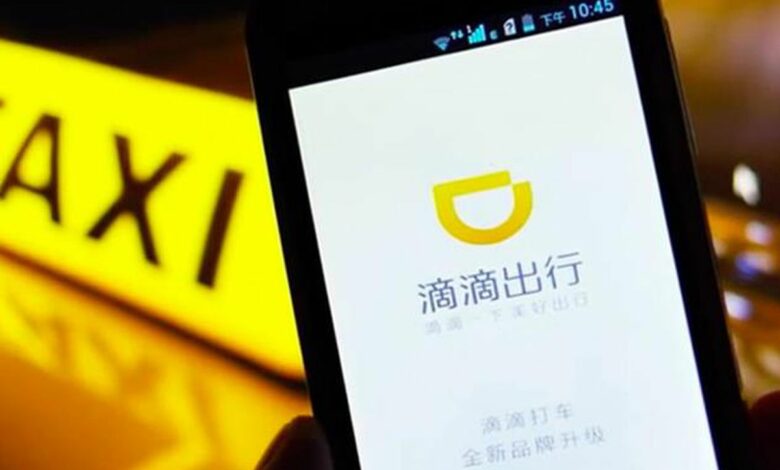Ride-Hailing business has immense potential within Chinese borders

In June 2016, at an informal private conversation or discussion in Tianjin, the founder and then the boss of Uber, Travis Kalanick said that we invest a lot in China. He also added that there is one more competitor who is investing more in China. Earlier, the American ride-hailing giant sold its operations of china to “Didi” in Beijing, which is one of its rivals there. Over two years, Uber in China is at a loss of about USD two billion. His retreat paved the way for Didi to become the undisputed ride-hailing champion of China, which handles more than four-fifths of all domestic orders today. In the next few months, 8 years after its debut, the Chinese giant is generally expected to go public. It could pull in a valuation of as much as $60 billion.
The sole fact that Uber was burning through a lot of cash for a long time in China was proof of the enormous growth potential Chinese markets provides to companies.
Last October, on average 21 million trips were booked on ride-hailing platforms per day, according to the Ministry of Transportation. Before the pandemic, in America, the figure of travelling per day was doubled, when travel was better and more secured. Before selling its Chinese companies, China was the only country from which Uber gets its highest orders, including its home market. The total transaction volume of Chinese ride hailers, last year hit 221 billion yuan or $32 billion, up by more than half since 2017, Frost and Sullivan, a consultancy, reports.
China is the country in which the conditions are most appropriate for ride-hailing to develop, even though America has invented it. The reasons go deeper than the market’s scale.
Despite the fact that Didi has an extravagant potential to earn from China’s ride-hailing markets, its supremacy is going to be increasingly disputed and challenged.
Ride-hailing providers depend primarily on consumers in major cities according to the density of the population living there. In, 2019 five famous cities: Chicago, Los Angeles, New York, San Francisco, and London gave about 25% of Uber’s gross value bookings. With a population of over 10 million, China is the only country with 14 Metropolitan areas.
By restricting the supply of licence plates, most of these towns are eager to reduce rage-inducing congestion, discourage private car ownership. Around, 3.6 million applicants competed for 6,370 number plates in Beijing’s most recent bi-monthly lottery. Each month auction of some plates is organised in the most populous city, Shanghai. At the auction in January, the average winning bid was 91,863 yuan, more than double what it was almost ten years ago and more expensive than many mid-range cars.
Guangzhou and Shenzhen’s southern boomtowns have hybrid models, with plates being allocated to people via a lottery system or being sold to bidders.
Furthermore, the density of the urban areas is high and the absence of suburban sprawl in the American style make parking space a sought-after costly commodity. In Beijing, China’s second-most populous city, the number of public parking spaces per car is one-fifth of that in Los Angeles, its American counterpart. The extensive high-speed and the world’s longest rail network is in China reduces the advantages of car ownership for long-distance travel in the country. Adding to that is the availability of cheaper labour. in other words, rides in China can be sold at lower costs, making them more feasible and widely available to a larger community of clients. The Ministry of Industry and Information Technology notes that more than 340 million Chinese people booked a ride-hailing service at least once in the first half of 2020.
In 2019, Didi announced that on average 2 per cent of the overall fare on each trip was being lost. In contrast to its statement then is its declarations now which says its “key ride-hailing business is profitable in China.” Uber also maintains that Chia’s ride-hailing business is profitable. however, its records show a huge operating loss of $4.9 billion last year.
For Didi, the question is not whether it can break even, but how well it can retain earnings along with retaining its near-monopoly in the country. The analysts are keen to know how the company will manage to grow abroad.
Multiple firms in China have been stepping into new business areas in recent years, from financial services to food delivery to bike-sharing. The firms said that they have to make their companies more and more competitive and more customer-friendly. All this would make enhance their position in the market helping them to build a convenient ‘Ecosystem’ so that it becomes costlier and difficult for customers to switch to new providers. However, those competing networks are still not standing. Jack Wei who is the manager of Shouqi Yueche which is the nearest domestic rival to Didi, is sanguine about the probability of new challengers in the market. In the long run, he sees potential for three to four businesses to prosper in China. Mr Wei says that one way to build a bigger slice of the market is by distinction. Shouqi prides itself on support of the main customers. His goal is to become the “master” of upscale rides while “keeping up” in the mainstream market with Didi. This niche can be served by China easily as it is large enough and it is a big business market too. This year, Shouqi will try to make its net profit reach up to the mark of 8 billion yuan.




